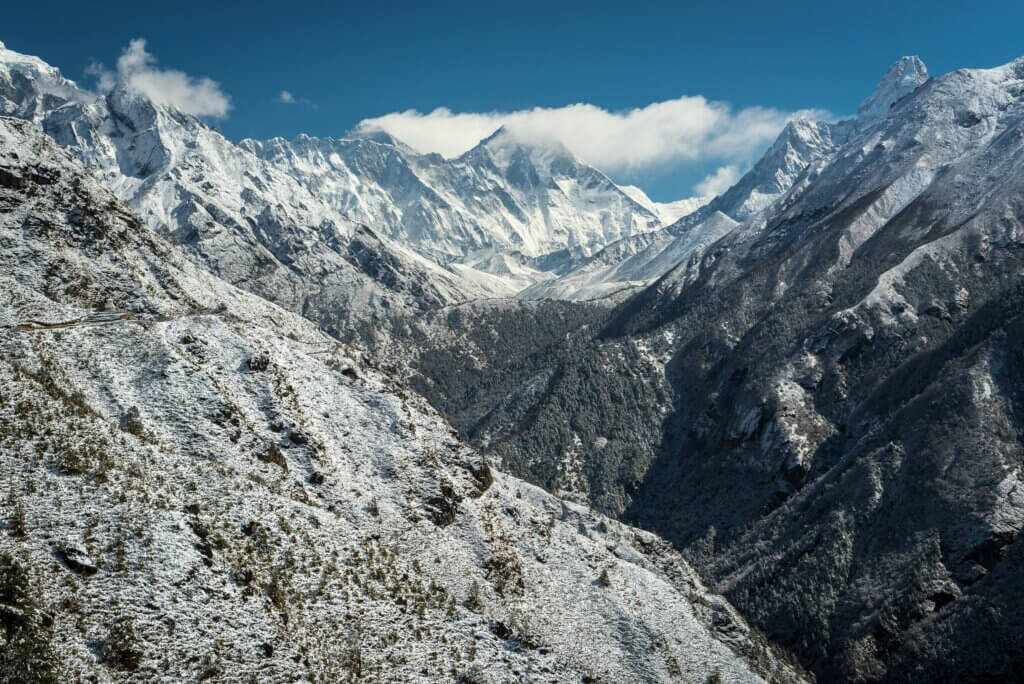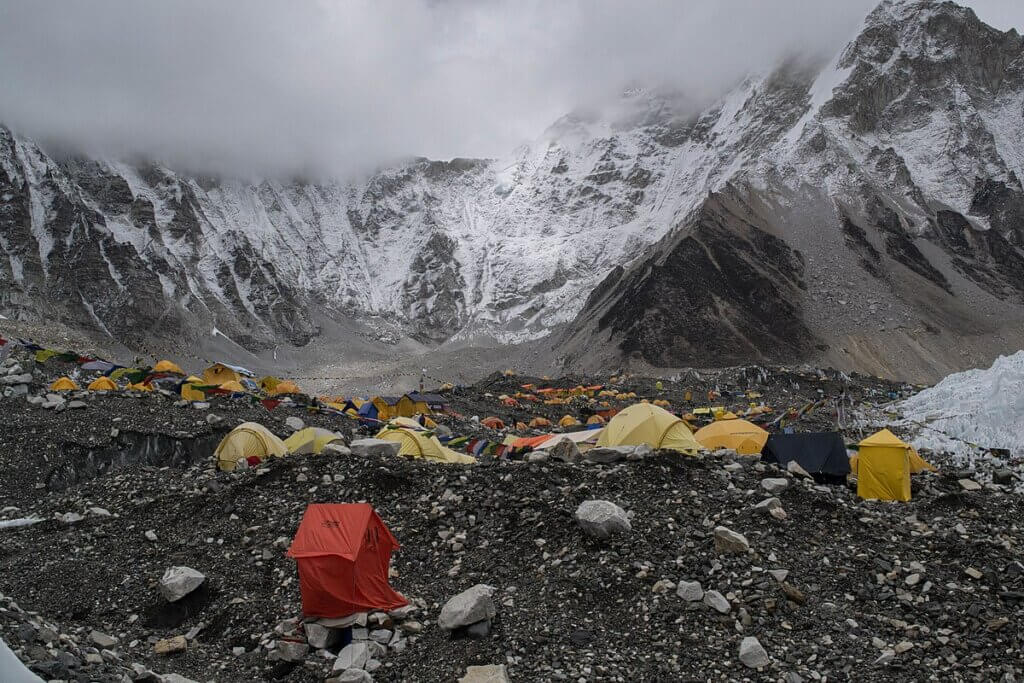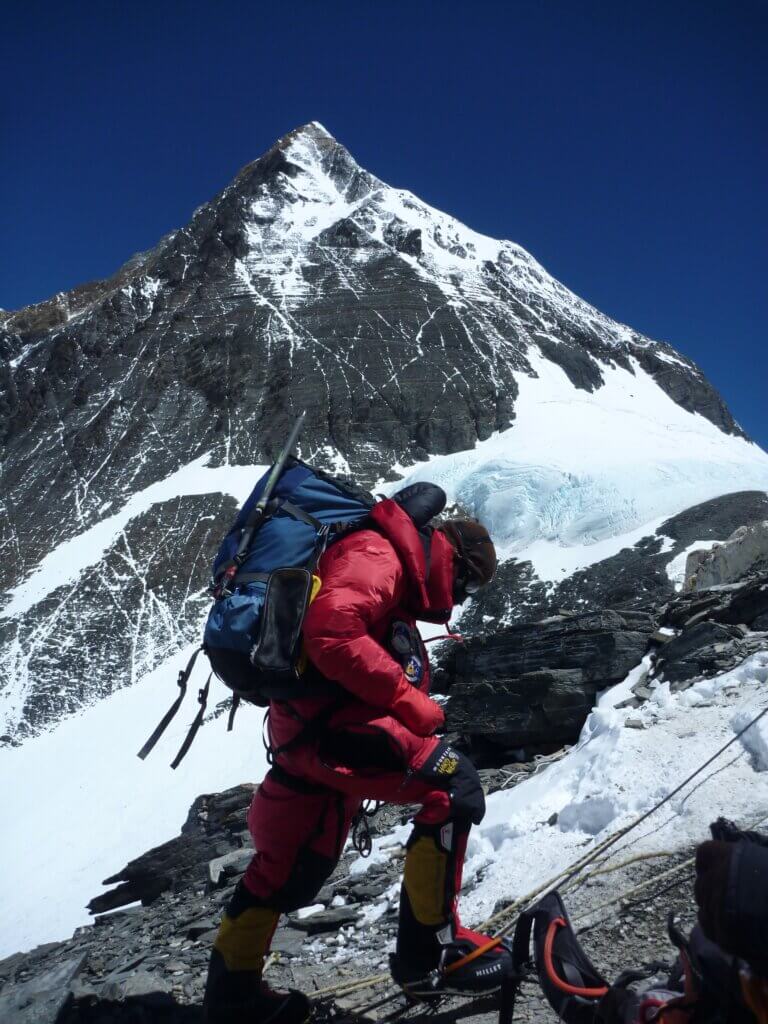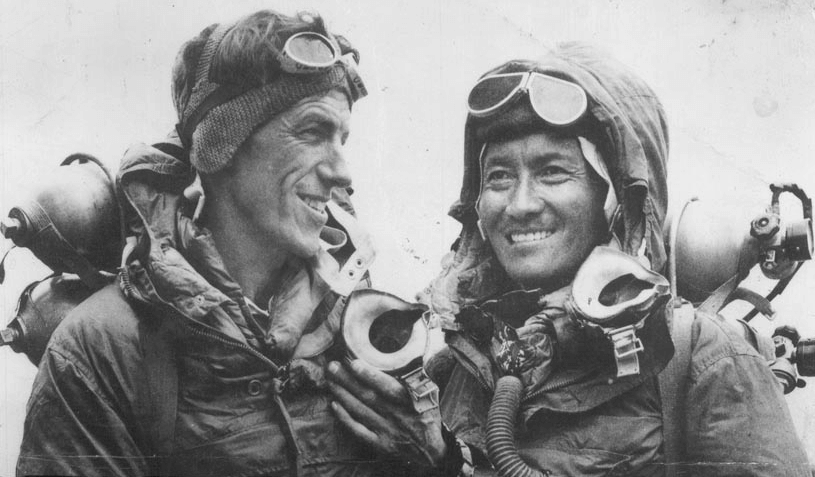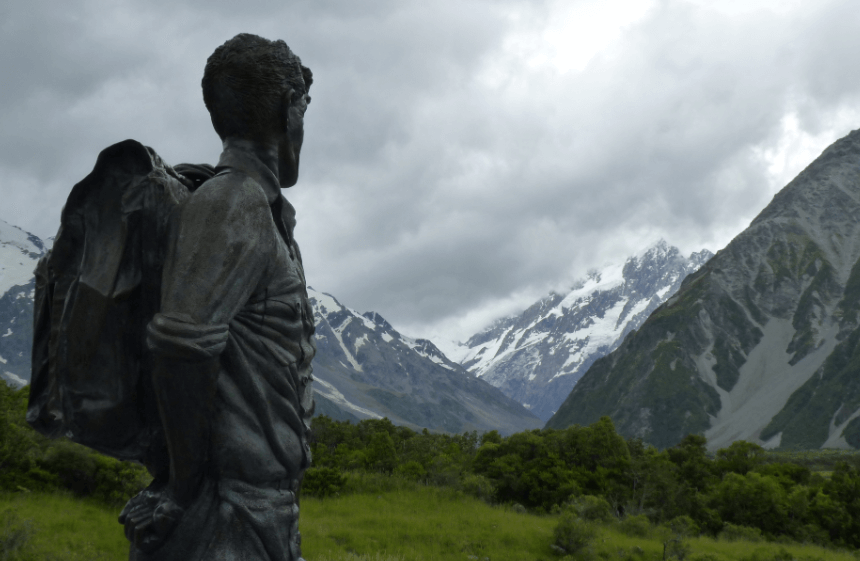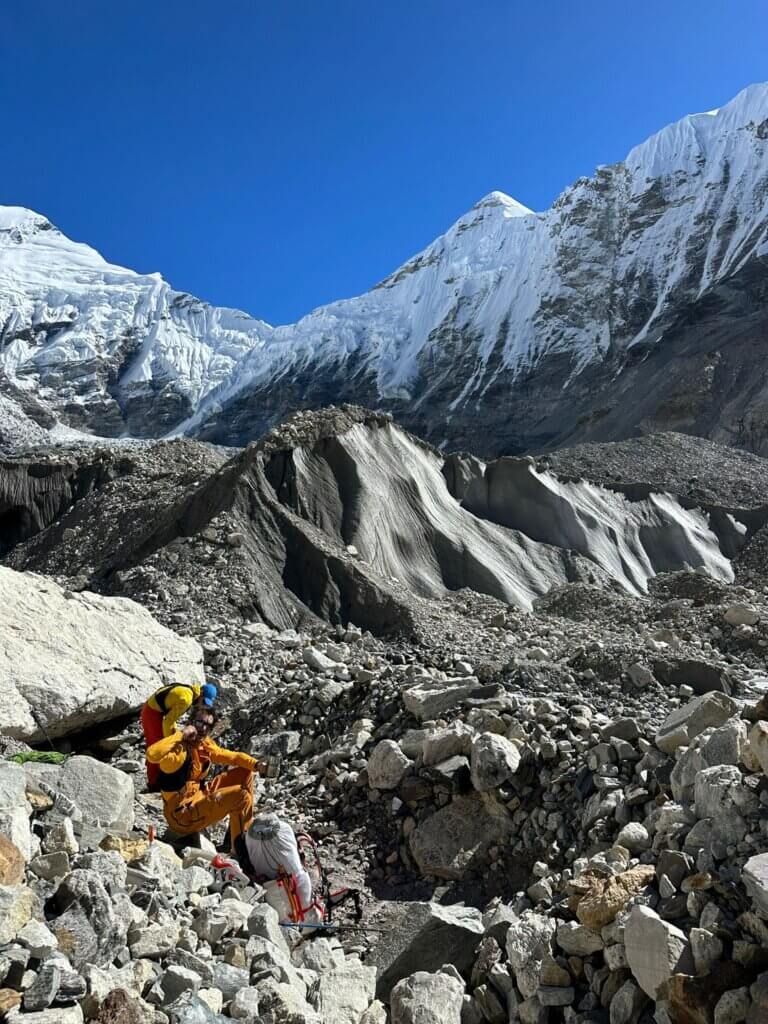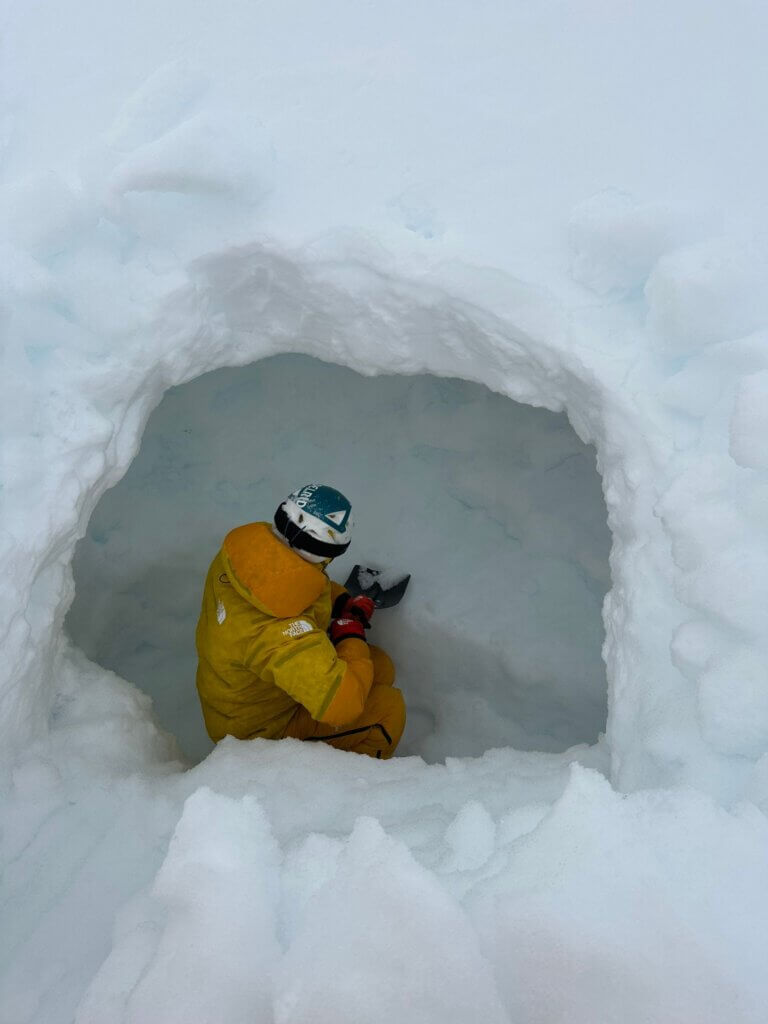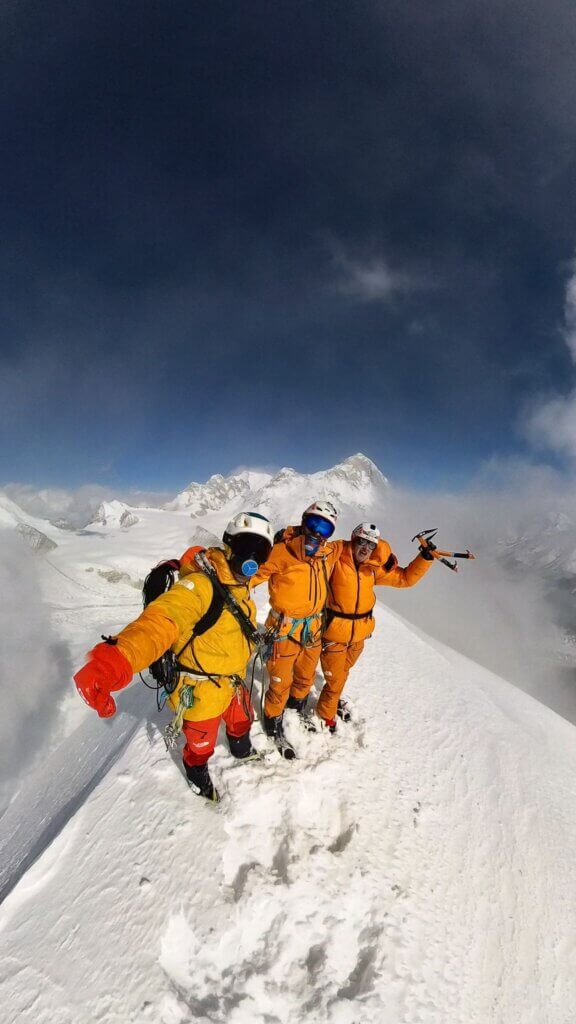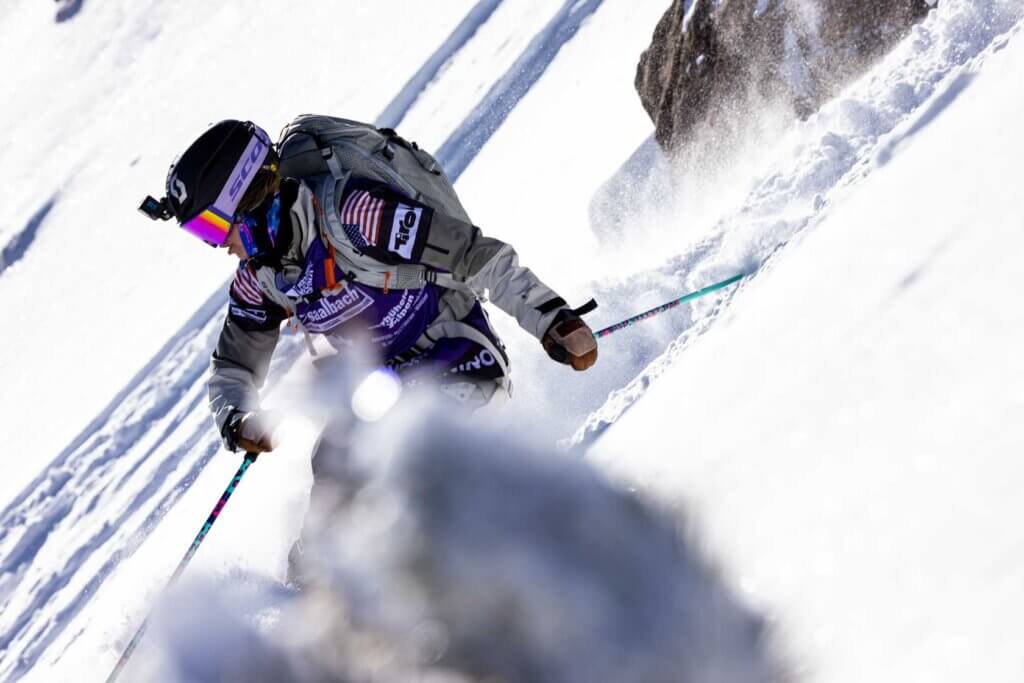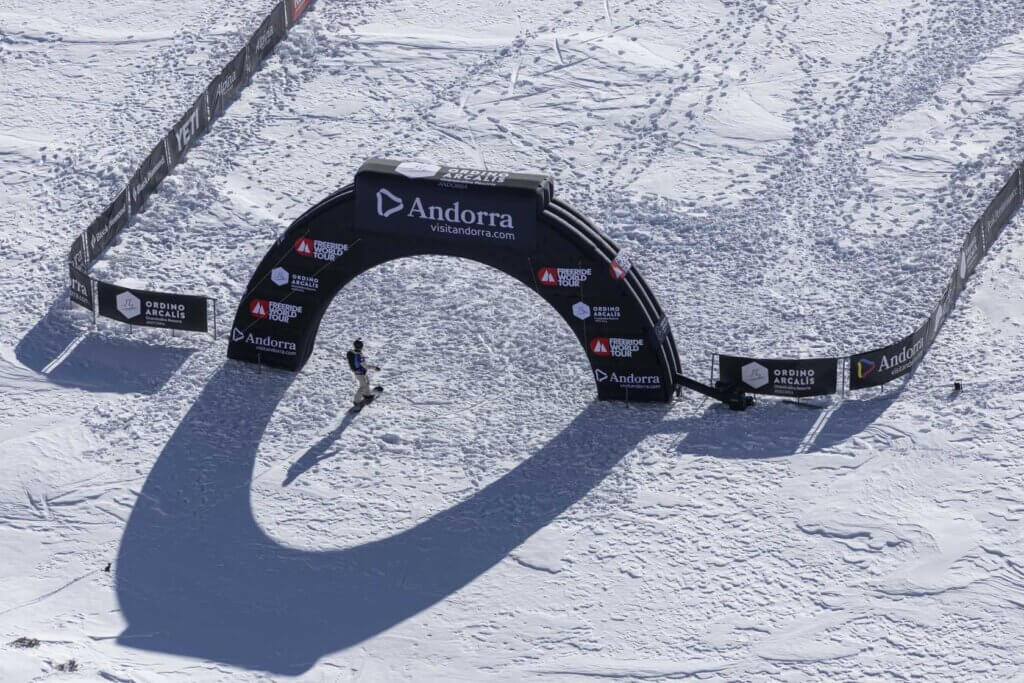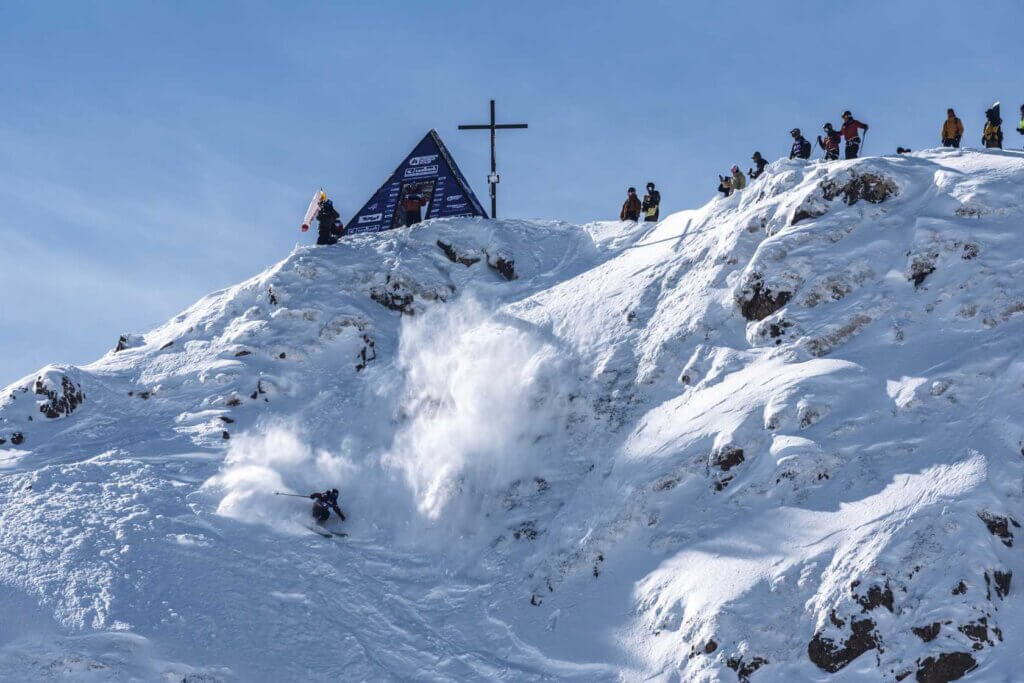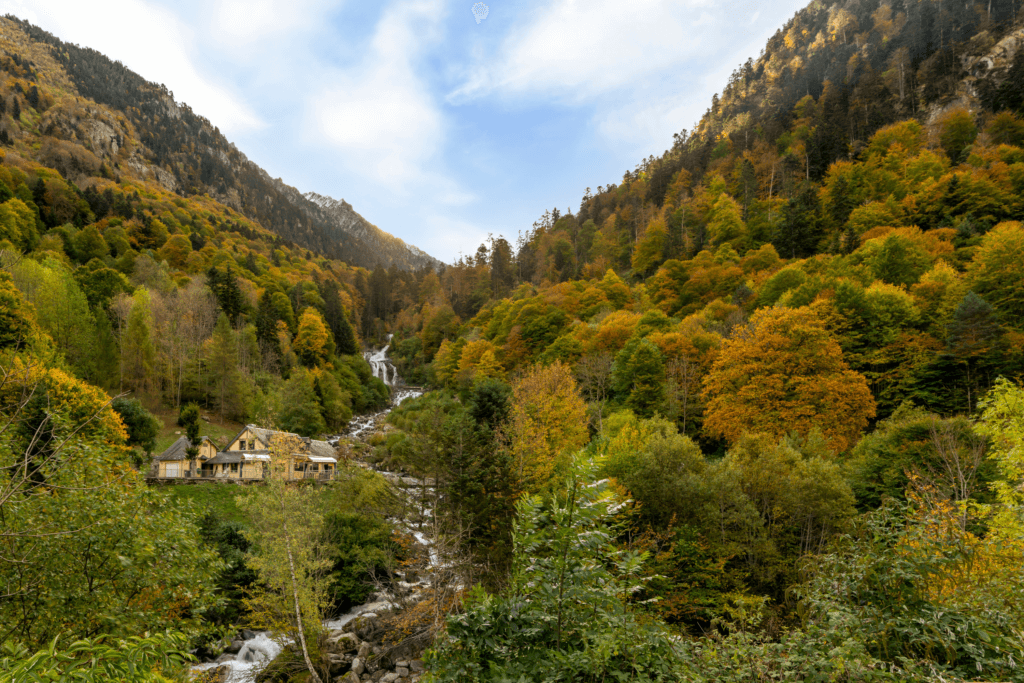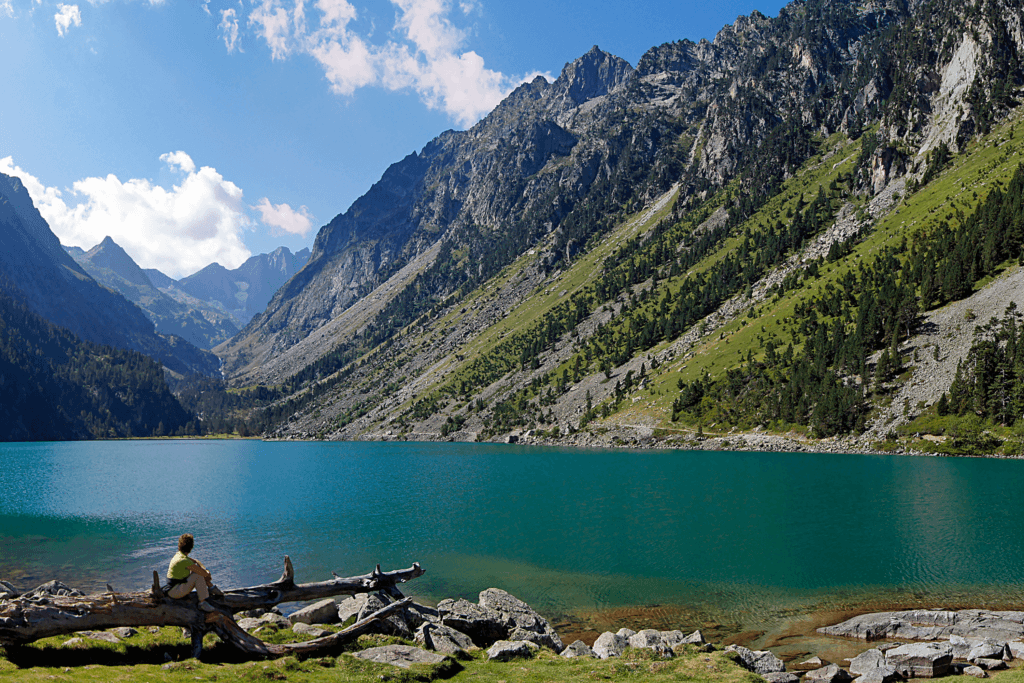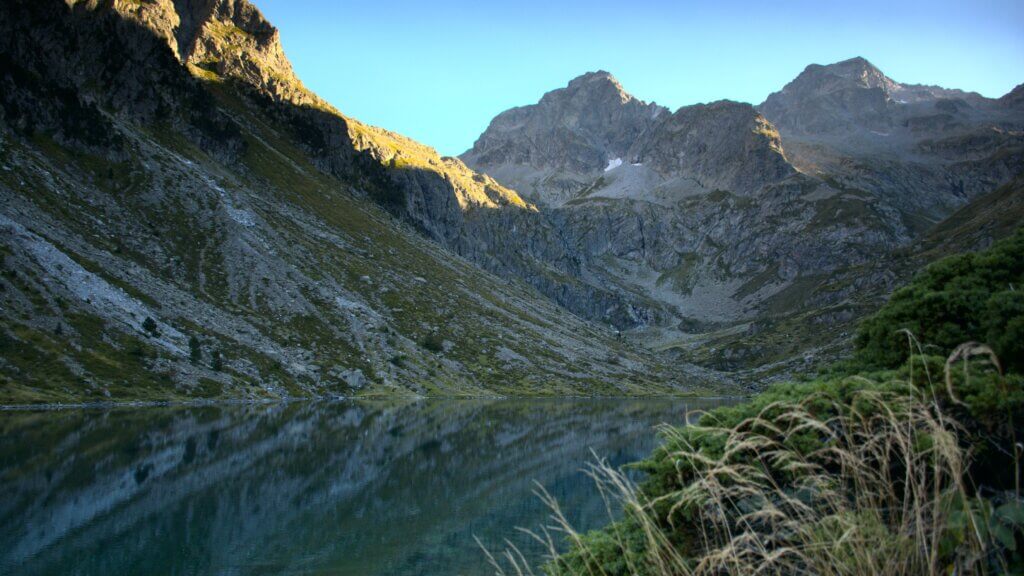Positioned on the Nepal-China frontier within the expansive Mahalangur stretch of the Himalayas, Pumori stands as a formidable sentinel. Just eight kilometres from the majestic Mount Everest, Pumori, affectionately called “Everest’s Daughter”, captures the imaginations and challenges of climbers worldwide.
Recently, Lucien Boucansaud, the eminent alpinist, took to Instagram to share his exhilarating experience of scaling this grand mountain. Through sheer grit and determination, Boucansaud achieved what many would consider the pinnacle of mountaineering accomplishments: a solo ascent of Pumori.
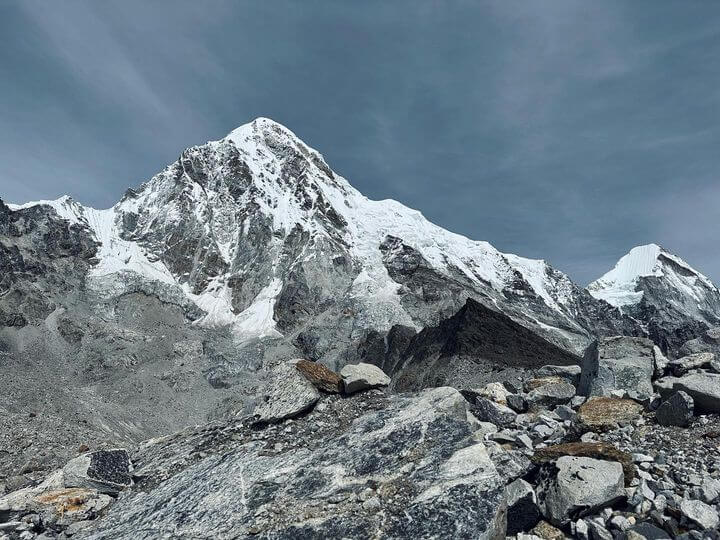
In a heartfelt post, he expressed, “Very happy to have reached the summit of this large, magnificent and dangerous mountain solo. It was not an easy task with a first attempt halted at 6700m due to the risk of a significant avalanche.” Lucien’s choice, the German-Swiss route of 1962, wasn’t a straightforward one. He described it as anything but normal, with the path winding through the southern face and then northeast.
For Boucansaud, achieving this milestone wasn’t just about physical prowess; it was a game of sharp mental acuity. He writes about his deep immersion in the mountain, deciphering its intricacies, and devising a rapid route to sidestep crevices and ice towers. The journey was replete with its share of perils, from crossing an exposed corridor to navigating unstable rock spurs, where every step demanded scrutiny.
Further challenges awaited as Boucansaud approached the north col at 6600m. Here, he recalls negotiating compact ice walls with steep sections and sharp gradient breaks, often requiring him to scale lightly and later pull up his gear.
One of the most daunting parts of his climb was assessing the avalanche conditions, especially in the mountain’s northeast face. This very threat was the reason behind his earlier aborted attempt at 6700m, with avalanches occurring perilously close to the summit. He muses, “It was as if the mountain wanted to remain unattainable!”
Earlier in October, the renowned Italian mountaineer, Simone Moro, with Sherpas Pemba and Datuk, faced a similar ordeal. Just a mere 100m from the summit, they discerned the pronounced avalanche risk, making a prudent decision to turn back. Tragically, on that same day, several climbers lost their lives on Shishapangma due to an avalanche.
Boucansaud’s account isn’t just about his triumphant ascent but also the discipline and tenacity that shaped his journey. Following his initial thwarted attempt, he emphasized the importance of staying motivated, focused, and seizing the right moment. He meticulously planned, ensuring proper rest, nutrition, and even disconnecting from social media to maintain utmost concentration.
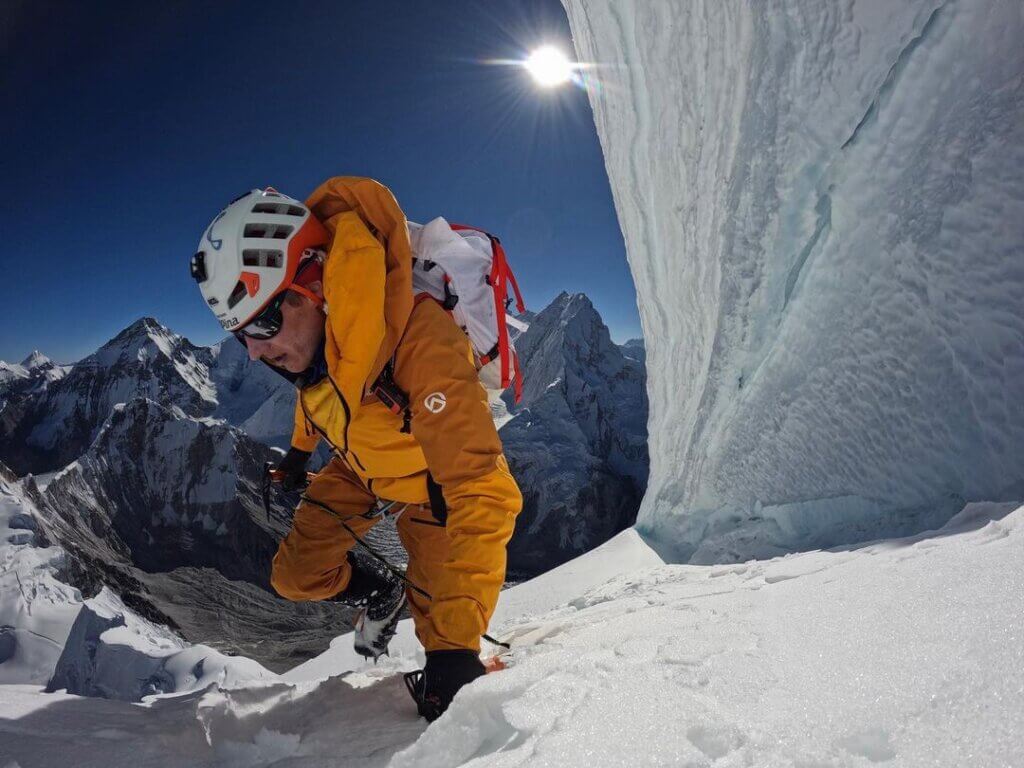
He expresses profound gratitude to David Göttler for his insight, commending his sportsmanship ethos in the Himalayas. Reflecting on his achievement, Lucien wrote, “I am the first and so far the only one this season to reach the Pumori summit following my path. Completely alone on the mountain. An indescribable feeling, my first 7000m with Everest in front of me and, on the other side, the wild view of the Tibetan side and China.”
Documenting his expedition’s timeline, Boucansaud shared that he moved from camp 1 to the summit in just 8 hours and 20 minutes, with a round trip time of 13 hours and 43 minutes. His entire adventure, from Pyramid lodge and back, spanned three days, a remarkable feat for such a challenging peak.
Lucien Boucansaud’s conquest of Pumori is not just a testament to his exceptional mountaineering skills but also an inspiring tale of resilience, strategy, and the relentless human spirit.


